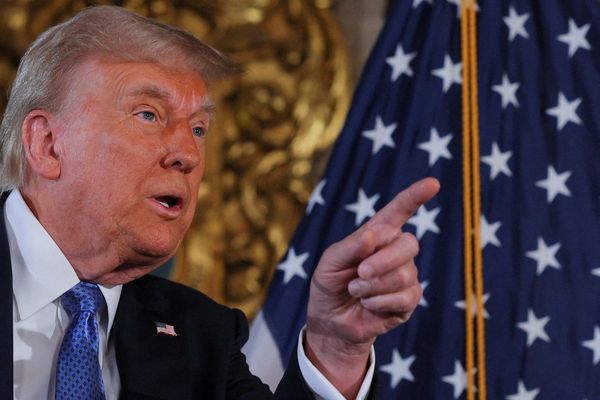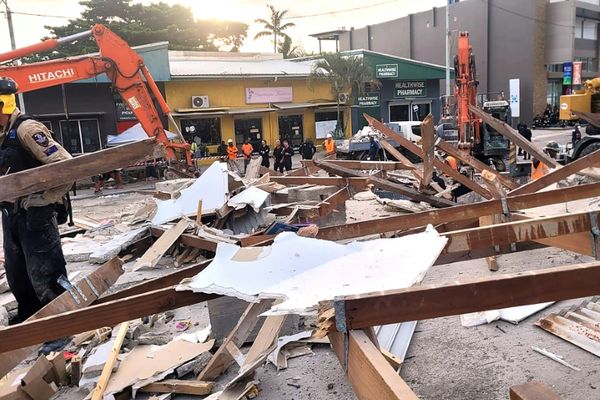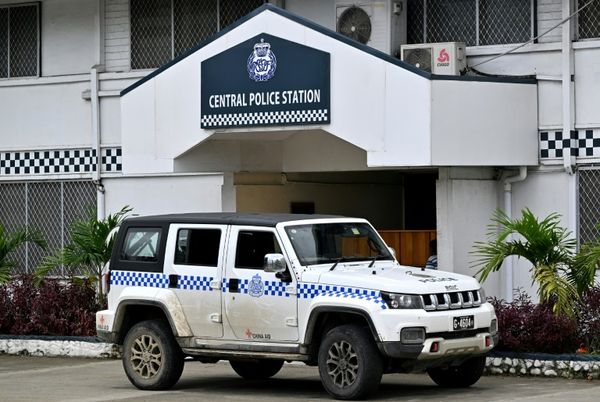
The increase in the Reserve Bank of Australia (RBA)’s cash rate target has made public service pay rises more problematic. The RBA has long held the view that public sector wages need to increase. Government wage caps are one of the reasons, among many others, why wage growth in Australia has stagnated.
There are more than 2 million public sector employees, a tad under 20% of total employment. Low wages in the public sector thus have a dampening effect on wages more generally.
Most public sector employees are at state level (think thousands of teachers, nurses, police, road workers, firefighters and the like). In the face of strike action over wages and conditions, NSW Premier Dominic Perrottet has promised pay increases in the June state budget.
It remains to be seen whether this spreads more widely nationally. In the current federal election campaign, neither party has promised to increase public service wages in the Australian Public Service. This is a problem for the Reserve Bank’s aspirations for wage growth — and though it is not the biggest employer, the national level of government sends signals to others.
However, the dilemma for governments is that more spending, including spending on wages, adds fuel to the inflation fire. It is because of rising inflation that the Reserve Bank has raised interest rates. Inflation is now at 5.1%, considerably higher than the RBA’s agreed target of 2-3% on average.
The Reserve Bank is concerned about rising inflation — its quarterly statement on monetary policy released on May 6 makes that clear. It starts off by noting “global inflation is high and is likely to remain so for a while”. A key problem is that “wages growth has not kept pace with inflation, so real wages have declined”.
Inflation, both domestically and globally, is at present a classic case of too much money chasing too few goods. Global supply shortages are affecting everything from food to energy to consumer products. Due to these global forces many advanced countries have even higher inflation rates than ours (e.g. the USA at 8.5%).
Some of the inflation drivers may be temporary, but only if we are lucky. Predictions for improvement in global supply chains have consistently been wrong in recent times.
The Russian invasion of Ukraine has pushed up energy prices. Hostilities could be over soon. Or it could turn into a war like Afghanistan, where Russian forces were pinned down (and ultimately forced to retreat) over a decade.
In 2020 optimists predicted COVID-19 would be short lived. In 2022 we are still seeing global supply-chain problems due to coronavirus, especially in China. Predicting the end of the pandemic is a mug’s game.
Other drivers of inflation are more persistent — especially climate change, which will continue to drive up global energy and food prices for the foreseeable future. What’s that got to do with public service wages? It’s all about inflation.
The Reserve Bank wants to curb inflation; interest rate rises take money out of peoples’ pockets, meaning they have less to spend, so demand pressure on prices falls.
It is unfortunate that this effort coincides with a federal election.
In media interview after media interview, the prime minister is promoting an economic “shield” against interest rates. It includes measures such as freezing the deeming rate to ensure aged pensions don’t fall as investment earnings rise, increased access to the seniors’ health card, a cut in fuel tax excise, and cheaper pharmaceuticals.
Such is politics that the ALP has felt bound to match these kinds of promises.
They work in precisely the opposite direction to the RBA’s policies in terms of controlling inflation. This means the RBA will have to raise interest rates even higher for them to have an impact.
Will this in turn encourage government to respond with more spending? The interaction between fiscal and monetary policy (i.e. spending v interest rates) is like a dog chasing its tail in ever-faster circles until it collapses in a heap.
In this climate it is harder for a government to increase public service wages. That also adds spending to the economy, exacerbating the impact of other government spending on inflation.
Wage rises for public servants are more important to the economy, and to the wellbeing of individuals, than many other politically motivated spending announcements. Unfortunately, they aren’t politically attractive. Explaining the benefits in terms of flow-through impact on the economy is a hard ask for political communication in the era of six-second soundbites.
It’s a case of politics versus economics. We need wage rises, lower government spending, and an independent Reserve Bank controlling inflation to avoid the problem of a combination of low wages and high costs, which means lower standards of living.
We have been there in the past. It’s called “stagflation”: low economic growth, low wages, high inflation. It is not a happy place.
Prominent US economist Nouriel Roubini has warned of a global outbreak of stagflation, driven by demographic ageing, climate change, inadequate public health preparations, and great power conflicts. Australia will be affected by all of these.
It means the next government will face a difficult budgetary balancing act. It needs to work with, rather than against, the policy directions of the Reserve Bank by maintaining fiscal discipline, improving wages (but not too much), and designing safety-net programs for people left behind by rising costs of living, while also simultaneously avoiding throwing money at people who don’t need help.
It is also important for trust in the system that a new government implement its election promises, no matter how much those might contribute to inflation. Ideally, reducing spending elsewhere would help manage the impact: except recent governments have been very reluctant to take on the hard and unrewarding work of making cuts.
Whoever becomes treasurer after the election will not have an easy run.







